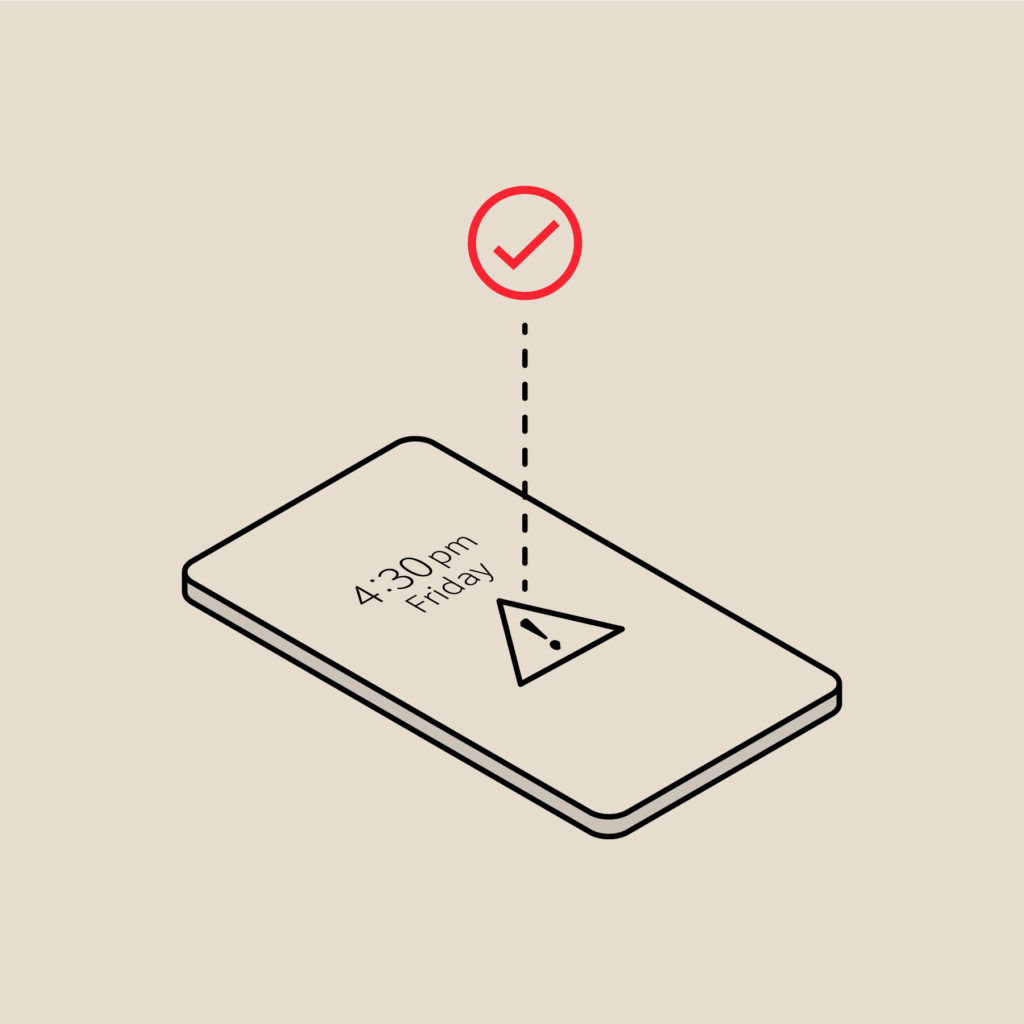PagerDuty API v2 Is Now in Beta!
PagerDuty is thrilled to announce the new version of our popular PagerDuty REST API is now available for everyone to use in beta!
We’ve been working hard on this version of the API for a while and are excited about the improvements in speed, consistency, and ease of use that API v2 delivers.
If you’re a PagerDuty customer, you’ve already been using API v2 with our web application for awhile now. In our own experience, we’ve found it easier to work with and build new functionality using API v2 than ever before.
What’s New?
Just enough, but not too much! PagerDuty users and enthusiasts have built an impressive amount using API v1 and we want to make it easier for more developers to do the same without changing the world for our dedicated community.
Instead, we’ve focused on refining, standardizing, and simplifying the patterns that appear across our API. We’ve gotten a lot of great feedback over the years and are addressing a lot of the challenges developers have faced. And we’re providing developers with better tools to build on and interact with the API, starting with a brand new developer portal and the ability to play with API v2 right from a web browser.
Here are just a few of the highlights:
– We’ve simplified our API URLs. Instead of needing to know an account’s subdomain, just point all your requests to api.pagerduty.com and we’ll figure out what account you wanted from the authentication. No more /api/v1 root path either — it’s as simple as /incidents or /schedules!
– We’ve standardized all of our resource types so that a user is always a user and a service is always a service, no matter where they appear in the API.
– We’re launching a new on-calls API that makes accessing information about who is on call, when, and for what more straightforward than it’s ever been.
– We’re adhering even more closely to REST architectural constraints. HTTP verbs work as you’d expect, and URIs are provided for every resource.
– We’ve given every resource a “summary” that describes what it is. It’s your one stop shop for getting text to name and identify a resource.
– Across the board, we’ve taken steps to simplify or eliminate things in the v1 API that weren’t strictly necessary, weren’t being used, or caused developer confusion.
Our v1 to v2 migration guide has all the details about what sorts of things have changed, and our new reference documentation backed by a comprehensive Open API Initiative Specification contains complete specifics about all of our supported endpoints.
The PagerDuty Events API is versioned separately and is unaffected by these changes. All of your PagerDuty integrations will be able to continue sending events to PagerDuty as they always have.
How Do I Get Started?
Head on over to the beta documentation for information about endpoints, patterns, authentication, code samples, and more. Start making API calls right from the documentation before you write a single line of code!
If you’re migrating existing API v1 code, the v1 to v2 migration guide is there to help you get a running start.
Keep in mind that API v2 is currently in beta. We strongly encourage you not to use API v2 just yet for any production functionality.
That aside, we’d love for you to start playing with API v2 in your test environment and give us your feedback! Our award-winning customer support team is always on deck to help get you up to speed, or you can contact our developer and community team directly at developers@pagerduty.com.
We’re hugely looking forward to seeing the amazing stuff you build with API v2!

